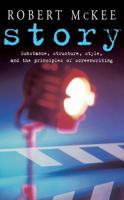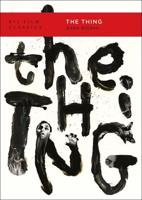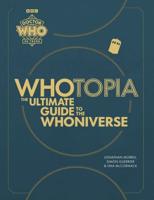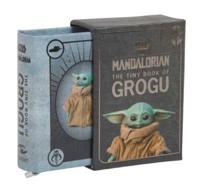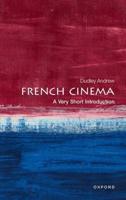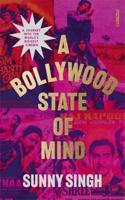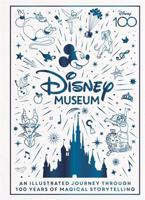Publisher's Synopsis
Taxidermy and the Gothic: The Horror of Still Life is the first extended study of the Gothic's collusion with taxidermy. It tells the story of the emergence in the long nineteenth century of the twin golden ages of the Gothic genre and the practice of taxidermy, and their shared rhetorical and narratological strategies, anxieties, and sensibilities. It follows the thread into twentieth- and twenty-first-century culture, including recent horror film, fiction, television, and visual arts to argue that the Gothic and taxidermy are two discursive bodies, stuffed and stitched together. Moving beyond the well-worn path that treats taxidermy as a sentimental art or art of mourning, this book takes readers down a new dark trail, finding an overlooked but rich tradition in the Gothic that aligns it with the affective and corporeal work of horror and the unsettling aesthetics, experiences, and pleasures that come with it. Over the course of four chapters, it argues that in addition to entwined origins, taxidermy's uncanny appearance in Gothic and horror texts is a driving force in generating fear. For taxidermy embodies the phenomenological horror of stuckness, of being there. In sum, taxidermy's imbrication with the Gothic is more than skin deep: these are rich discourses stuffed by affinities for corporeal transgressions, the uncanny, and the counterfeit.


